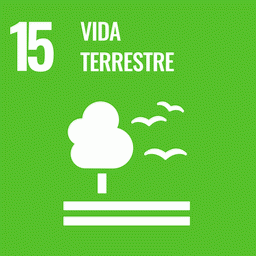The assessment of whether protected areas (PAs) inhibit environmentally damaging fires is challenged by three sources of bias: (i) non-random site protection, (ii) influence of simultaneous land use and environmental changes, and (iii) unobservable time-invariant fire predictors. These biases were mitigated here with a quasi-experimental approach combining matching, differences-and-differences and the fixed-effects estimator. An extensive pixel-level dataset covering the 6 million km2 of the Amazon region across 18 years was analyzed. The five types of PAs considered differed on governmental level (national or subnational) and protection stringency (permitting either indirect or direct use of resources, or only indigenous inhabitants). Results attested PAs’ effectiveness in containing fires on average, although in a degree 1.4 orders of magnitude smaller than in biased estimation. Still, the effect was considerable, with fire likelihood reduced, depending on the fire measure, in 7% or 12% in the average pixel-year. Also, the effect was heterogeneous, being larger in subnational PAs, albeit not with indirect use permitted, whereas national direct use PAs did not avoid fires. Results were robust to clustered standard errors and, in a reasonable degree, to Rosenbaum’s hidden bias test. Consequently, expanding subnational PAs and enforcing all PA types could curb fires’ environmental damages.

Fonte: Ana Carolina M. Pessôa et al (2023)

